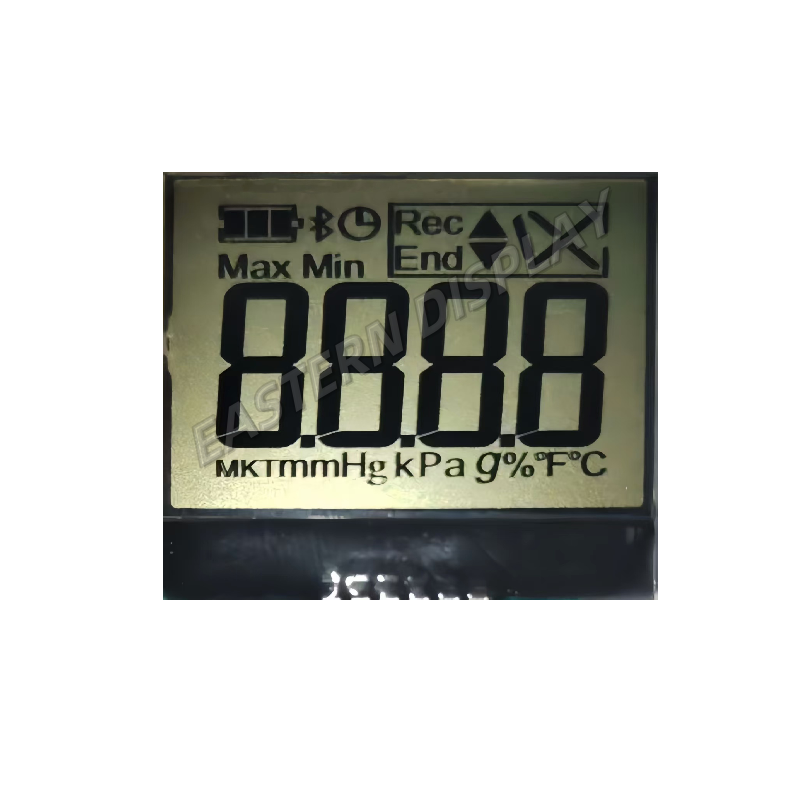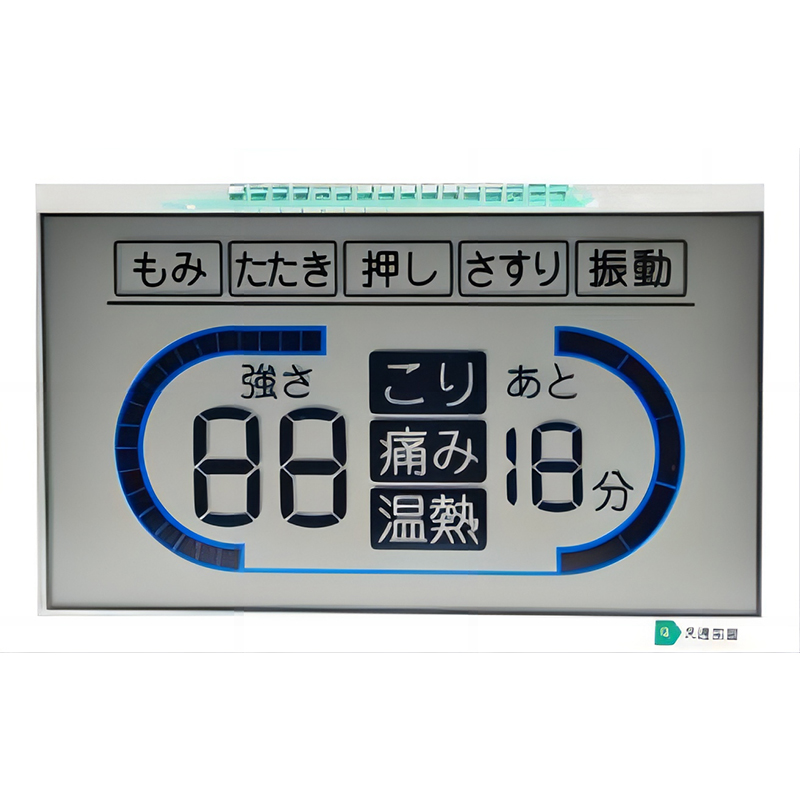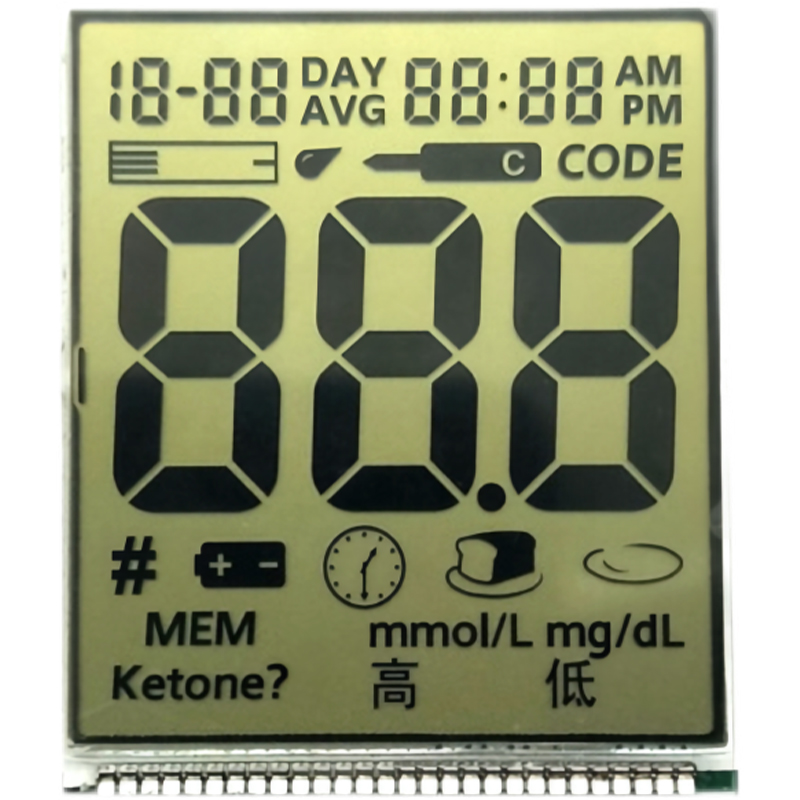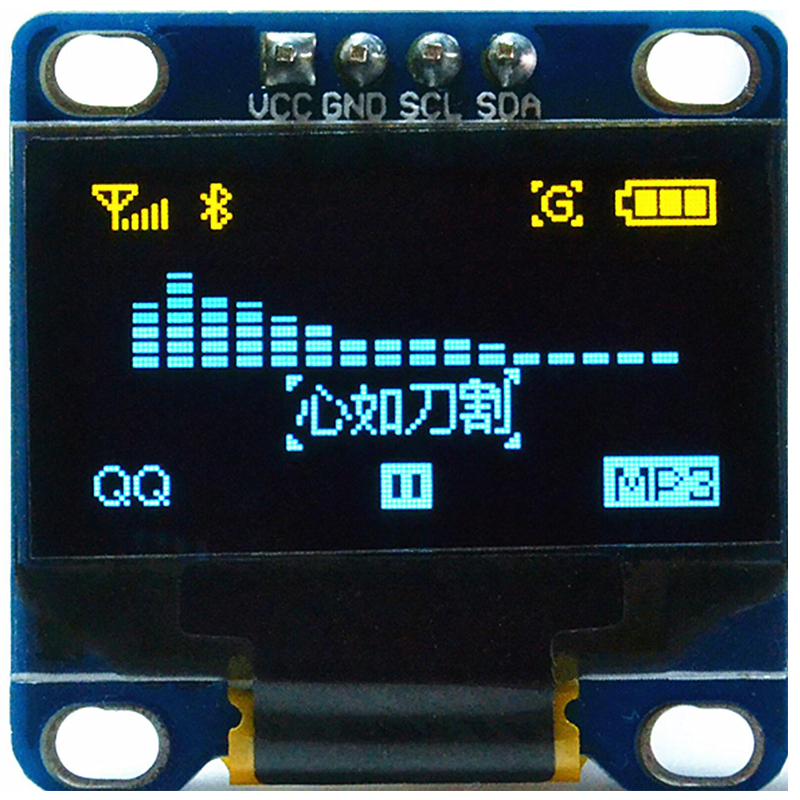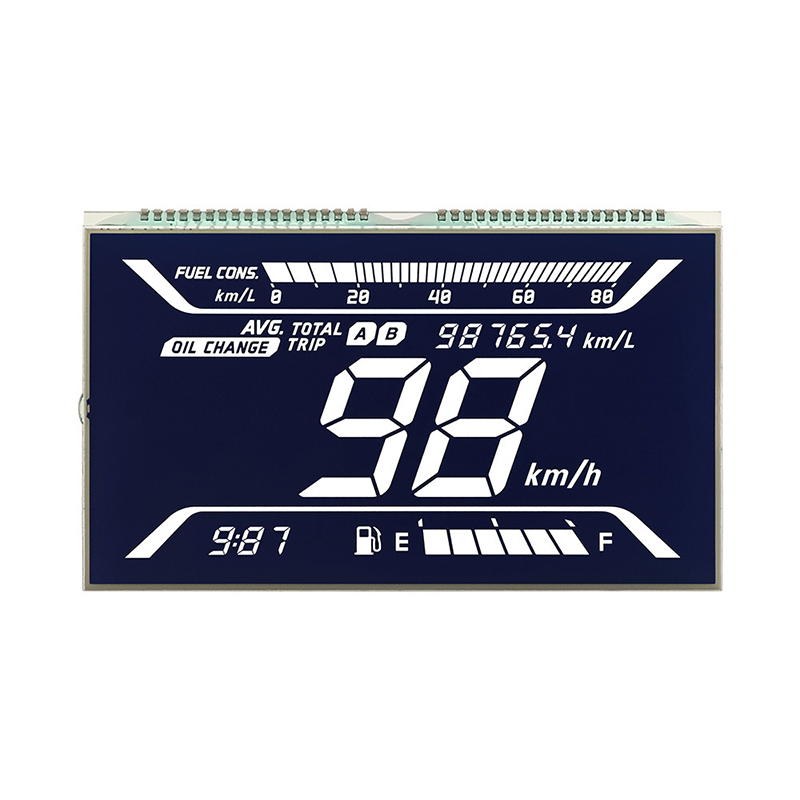
This article provides a comprehensive guide to understanding the factors influencing the cost of AMOLED displays. We'll explore various aspects, from screen size and resolution to manufacturing processes and market demand, helping you make informed decisions about integrating AMOLED technology into your projects. Learn about the different types of AMOLED displays available and how their features impact price.
The size and resolution of an AMOLED display are major determinants of its cost. Larger displays require more materials and manufacturing processes, leading to higher prices. Similarly, higher resolutions (e.g., 4K vs. 1080p) increase the cost due to the greater number of pixels and the complexity of the manufacturing process. A smaller AMOLED display like those found in some smartwatches will naturally cost less than a large AMOLED display used in a high-end smartphone or television.
The manufacturing process itself plays a critical role. Advanced manufacturing techniques, such as flexible AMOLED technology, often result in higher production costs. These processes require specialized equipment and a higher level of precision, adding to the overall price of the AMOLED display. Different manufacturers also have varying levels of efficiency and economies of scale, which impact pricing.
Additional features such as higher refresh rates (e.g., 120Hz or higher), HDR support, improved color accuracy, and touch screen functionality all contribute to a higher AMOLED display cost. The incorporation of these advanced features necessitates more sophisticated components and processes, thus increasing the final price. Consider whether features like HDR are truly necessary for your application; it may be possible to save money by using a simpler model.
The dynamics of market supply and demand significantly influence pricing. High demand for certain types of AMOLED displays, coupled with limited supply, can lead to inflated prices. Conversely, when supply exceeds demand, prices tend to decrease. Understanding market trends is crucial for predicting and managing AMOLED display costs.
The brightness and contrast ratio of an AMOLED display are directly related to its power consumption and the complexity of its backlighting system. Higher brightness and contrast usually translate to higher production costs. Balancing the desired level of brightness and contrast with cost considerations is essential.
It's helpful to compare the cost of AMOLED displays with other display technologies, such as LCDs and OLEDs. While AMOLED generally commands a premium price due to its superior picture quality and power efficiency, advances in manufacturing technology are gradually reducing the price gap.
| Display Type | Typical Cost per Unit (USD, approximate) | Advantages | Disadvantages |
|---|---|---|---|
| AMOLED | Varies greatly depending on size and specifications (can range from tens to hundreds of dollars) | Superior color accuracy, deeper blacks, higher contrast, power efficiency | Higher cost compared to LCD |
| LCD | Generally lower than AMOLED | Lower cost, widely available | Lower contrast, less vibrant colors, higher power consumption |
Note: The cost figures in the table are approximate and can vary significantly based on several factors. For precise pricing, please contact Dalian Eastern Display Co., Ltd. or other display manufacturers directly.
Several reputable manufacturers produce high-quality AMOLED displays. Researching different suppliers and comparing their offerings is essential to securing the best price and quality for your needs. Remember to factor in shipping costs and any potential customs duties when comparing quotes from different sources.
Understanding the intricacies of AMOLED display pricing requires considering a multitude of factors. By carefully analyzing these factors and comparing options, you can make informed choices that align with your budget and project requirements. Contact a reputable supplier like Dalian Eastern Display Co., Ltd. for more specific pricing information based on your exact specifications.

